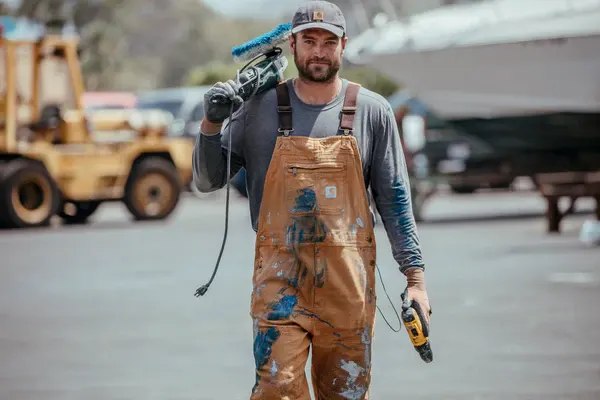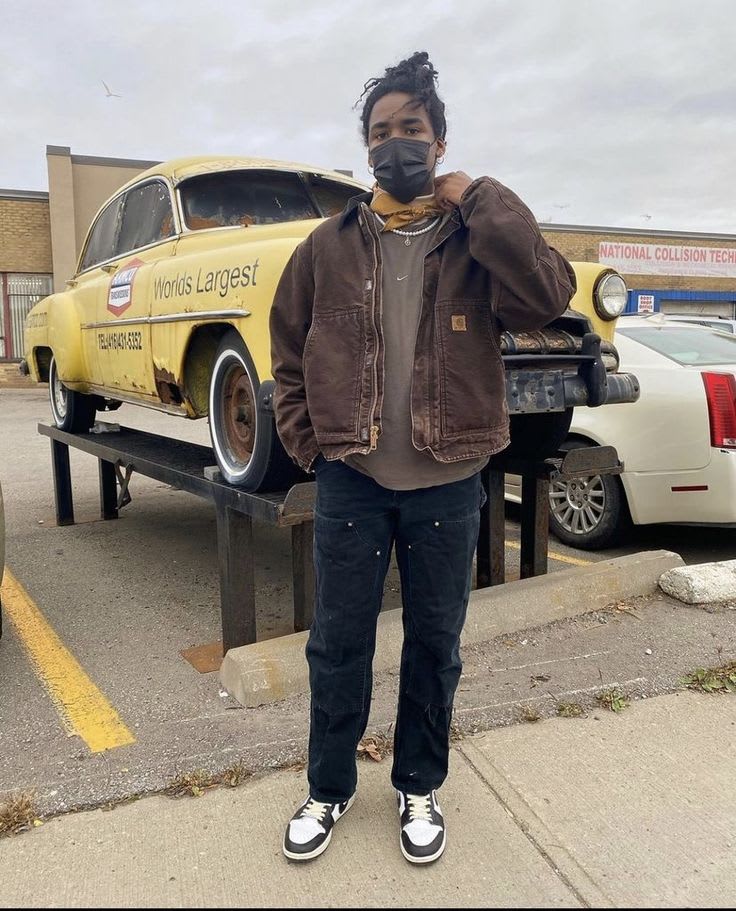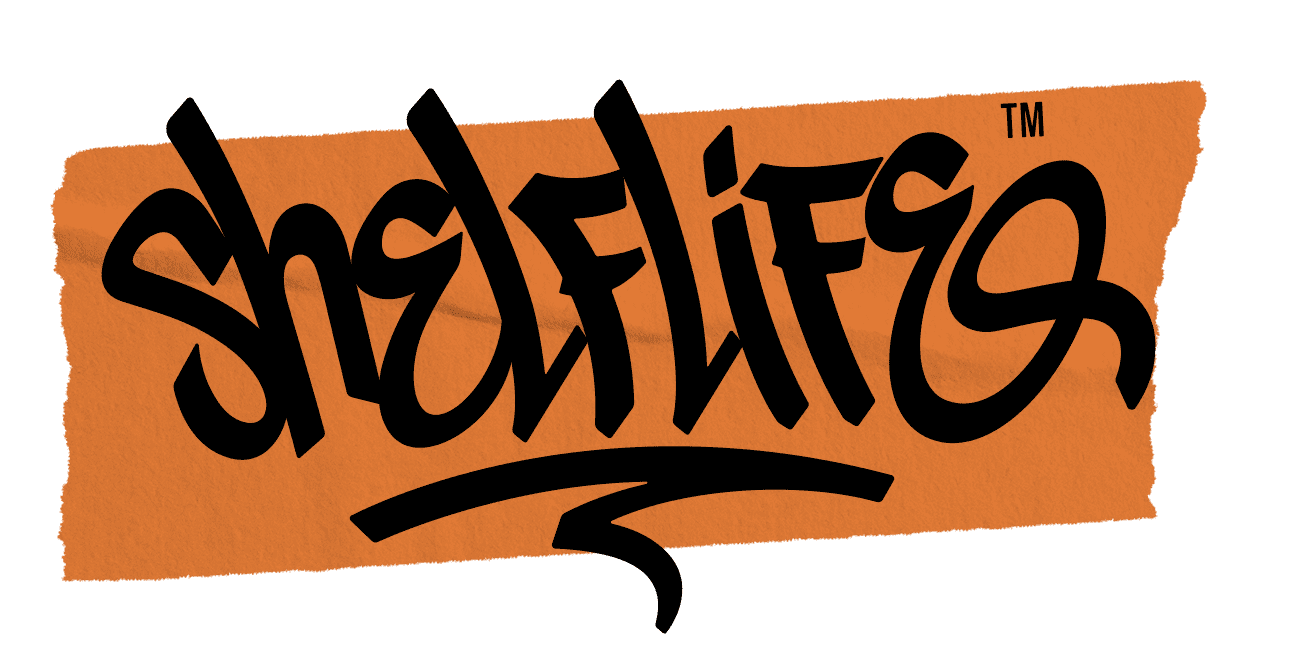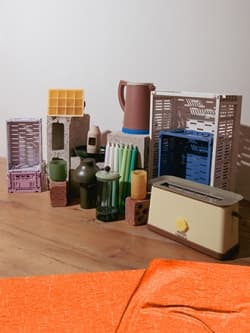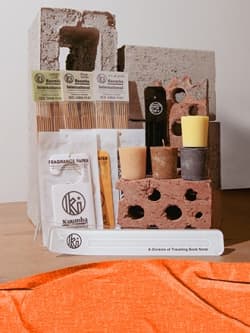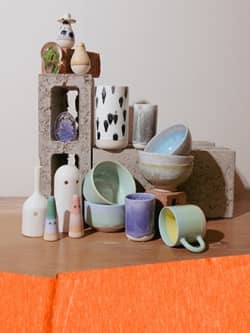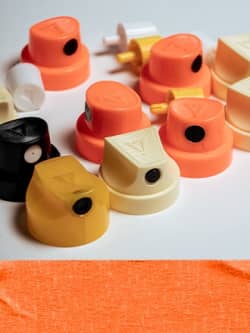How Blue-Collar Clothing Helped Create Streetwear

Long before any boutique fashion houses were ever built, one group of people undeniably led the way in the evolution of fashion: the working class. From the invention of trousers in western China thousands of years ago to how denim defined the American frontier, practical clothing has always pushed the envelope forward. In New York City, and other urban American areas, this also held true, helping to define an aspect of streetwear that’s now been immortalised in fashion and media alike.
Written by James Nash.
Timberland, Carhartt, and Dickies are all streetwear icons these days, but if we turn back the clock only a couple of decades, things look very different. Living in Harlem, New York these brands were the staples of the younger generation, people who had grown up inundated with tales of the Harlem Renaissance, of finely tailored suits in baby blue or royal purple. Instead of attempting to imitate their parents, they opted to carve out their own style, one which showed that they were hard-working, hungry for success and not eager to flaunt wealth.




Timberlands were steel-toed and prized for their lifetime warranty, both necessary elements for the construction jobs many of these young men made their living from, either downtown or upstate. Carhartt and Dickies were similarly sought after for their durable composition. When you weren’t making much money, what you bought simply had to last.
These practical purchases weren’t exclusive to the blue-collar labourers of the neighbourhood though. While some managed to make their money through legitimate means, others were obligated to find other ways to make ends meet. On-street corners throughout the five boroughs, these brands were adopted as a uniform for hustlers who were outside through rain and snow selling their goods to the city that never sleeps.

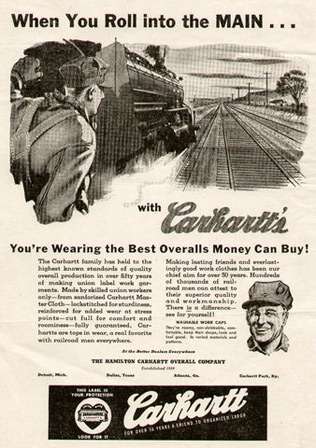

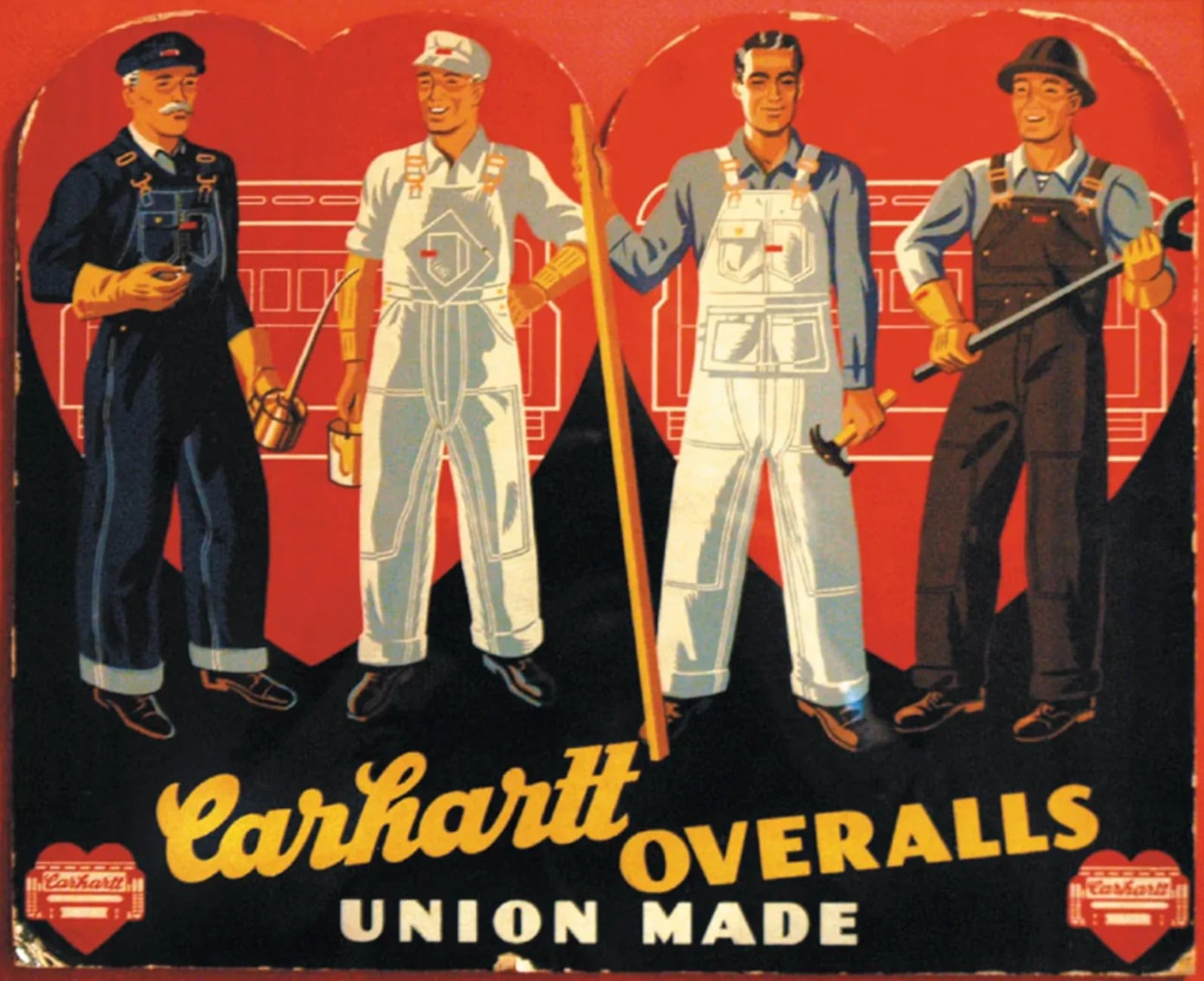




Ever interested in upping their street cred, rappers followed suit and by the mid-90s nearly every name in hip-hop had a pair of Timbs. As their popularity exploded, so did their style. By the turn of the millennium, they were known as the “Air Jordan of boots” among the inner-city crowd. Even today, New York rappers like A$AP Rocky can be seen sporting these iconic brands, often integrated with designer pieces that reflect their now elevated status.




Before anyone knew it, streetwear had grown into an outright phenomenon and designer labels were clamouring to catch up. French label, Colette, was among the first to collaborate with Timberland, releasing a boot with subtle differences in the detailing and a bright blue collar, perhaps a reference to its origins. A 2013 Stüssy collaboration and a 2015 Supreme partnership eventually led to Virgil Abloh’s legendary 2017 take on the 6-inch work boot. The Off-White pair swapped nubuck leather for velvet and came in a variety of colourways, including a neon green pair that is still coveted to this day.
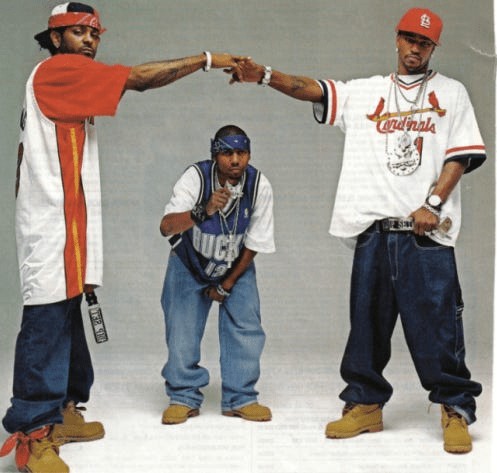
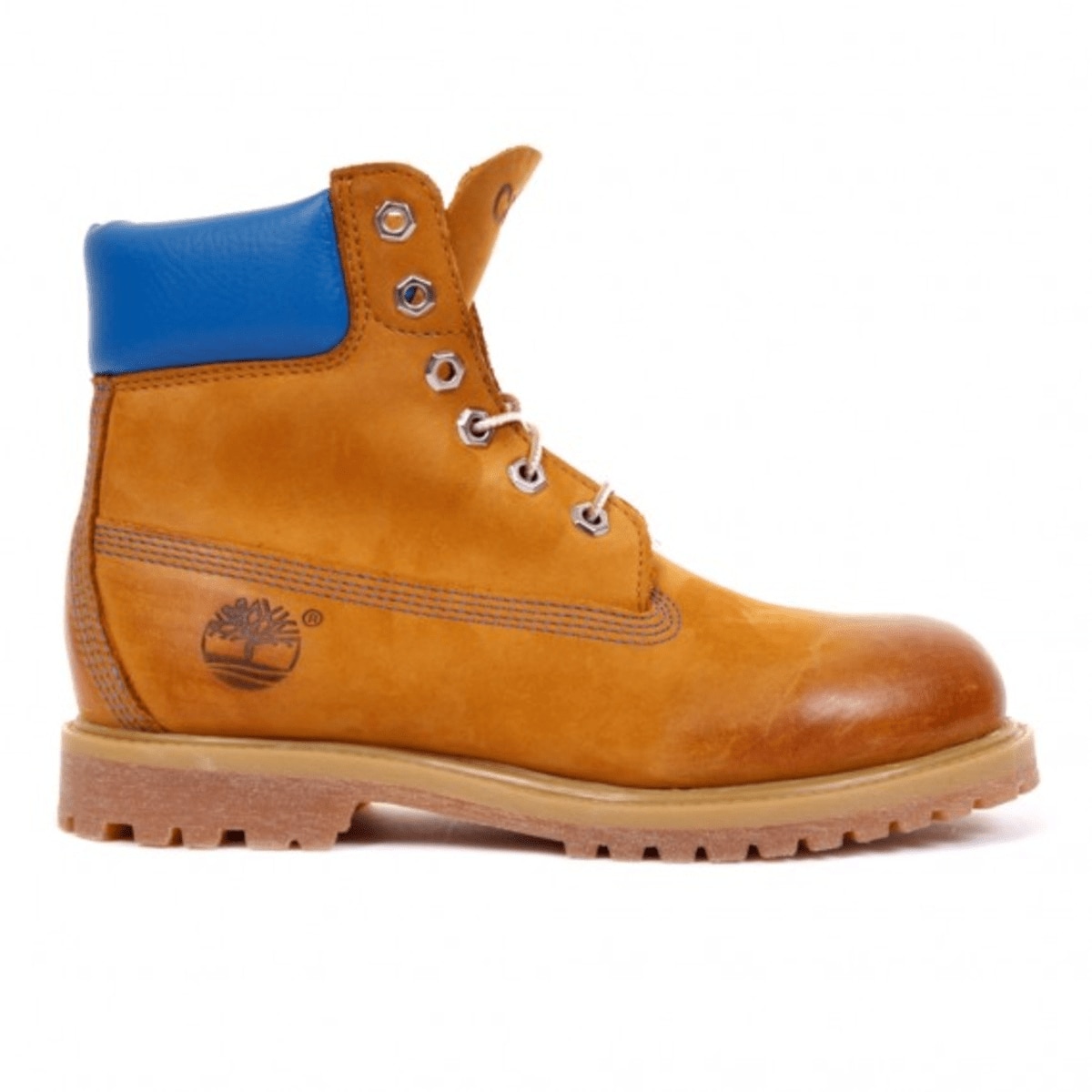






Closer to home, Jonsson Workwear has become a popular utilitarian option for the youth. Their jumpsuits offer a simple and instantly recognisable silhouette that’s ideal for customisation and accessories, as well as serving as a great platform to show off your kicks. With the popularity of 3M and other reflective materials increasing, it’s not uncommon to see their high-visibility jackets in outfits that reference the working class of South Africa while remaining uniquely aesthetic.
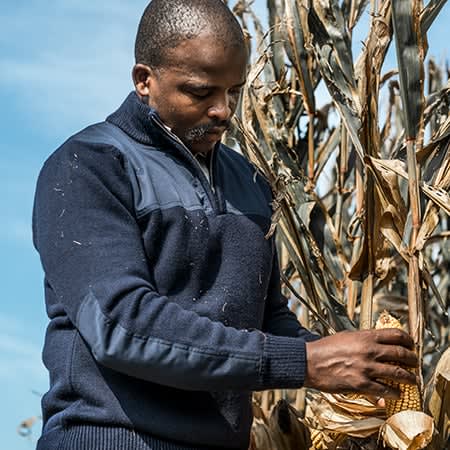
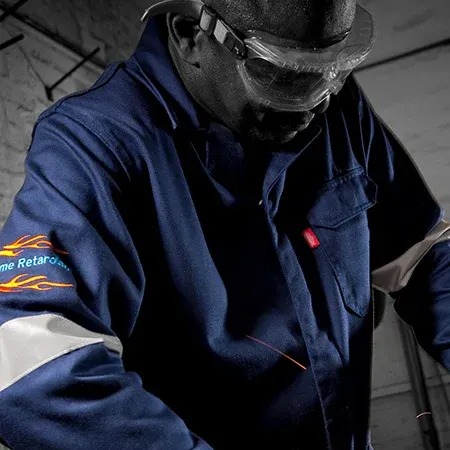


Although these brands were shy at first, eager to maintain their blue-collar status and avoid the trappings of luxury goods, they’ve now learned to lean into their popularity among people from all walks of life. That said, they’ll always have a home on the streets of New York for one simple reason: people like things that last and these brands have proven their endurance.
